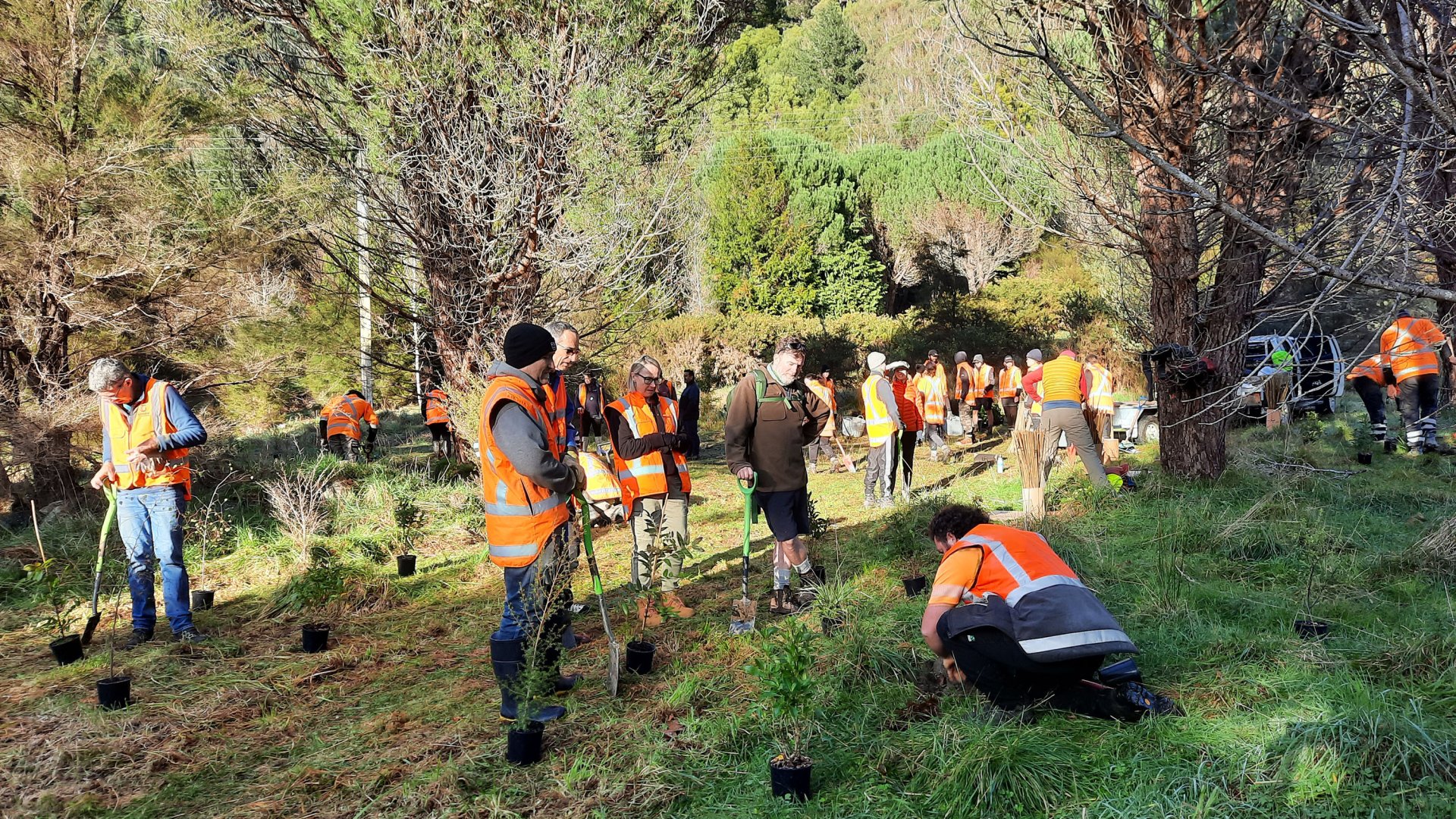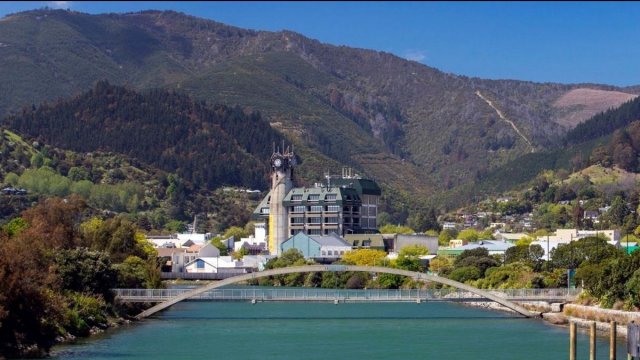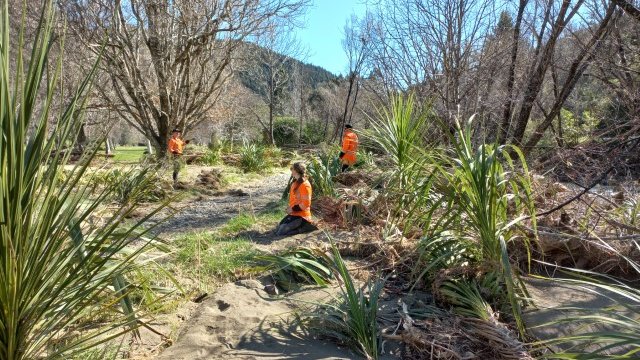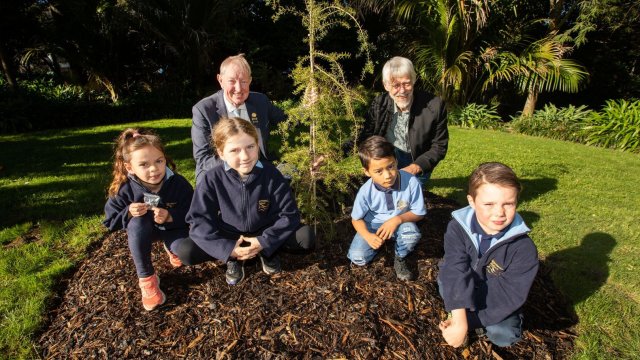Project Mahitahi: two years, 100,000 plants
09/12/2022 12:35pm
Project Mahitahi has now reached its two-year milestone, with over 100,000 native plants planted in the Maitai Catchment Area.
The project aims to restore the ecosystem of the Maitai/Mahitahi Valley through a programme of pest animal and pest plant control, planting of 125,000 taonga species, with a side-benefit of stimulating local employment.
The first two years of the project were supported by a grant of $2m from the Department of Conservation Kaimahi for Nature Fund, while funding of $1.7m from the Ministry for the Environment continues until 2025.
Planting was of course affected by the August weather event, but fortunately most of the newly planted trees survived.
“This project has benefited greatly from several community groups,” says Group Manager Environmental Management Dennis Bush-King.
"We’ve had volunteers from Nelson College for Girls and participants from the Tuia Rangatahi (Mayors Taskforce for Jobs) Conference who helped with the planting. Nelmac contributed an additional 2,000 plants at their team planting day within the Maitai Arboretum and Friends of the Maitai continue their excellent and dedicated work to the Mahitahi Wetland area. I think everyone was relieved that the floods didn’t have a major effect!”
Pest control is a vital part of the project, given the need to protect more than 100,000 newly planted species.
Trapping networks have been established over 90ha in the upper Maitai, and around the Brook Sanctuary targeting rats and mustelids. Mahitahi staff have now trapped more than 2,400 possums in the Maitai Waterworks Reserve, and a single hunter employed for one day per week, managed to cull 93 goats and 20 deer.
Staff have also reduced the impact of pest trees on planting sites, particularly willow trees. Many willow trees were felled by the August flood and were then turned into mulch, chip or fuel bricks.
Over the past two years, five people have also been supported into work by Project Mahitahi at the Brook Waimārama Sanctuary. As a result, a number of fantastic resources have been produced to enhance the experience for visitors to the sanctuary and to showcase all that is on offer including the recent introduction of both the kākāriki karaka and tieke.
For more information on Project Mahitahi please visit: nelson.govt.nz/project-mahitahi




